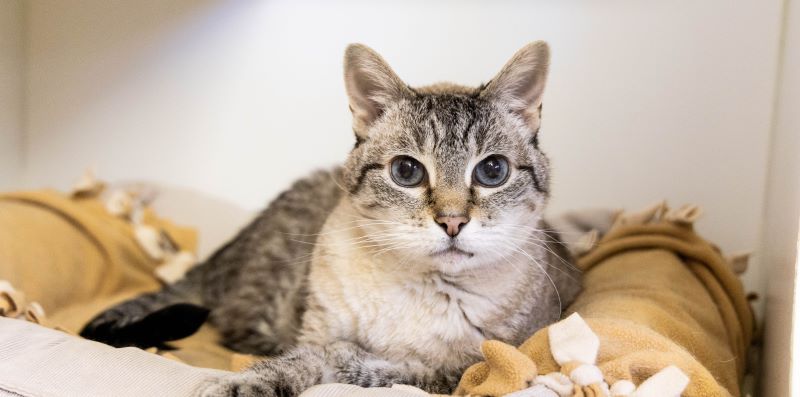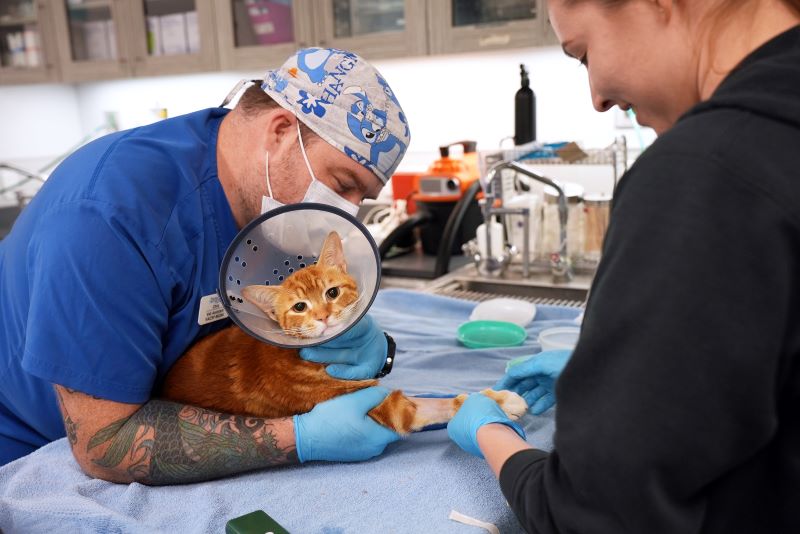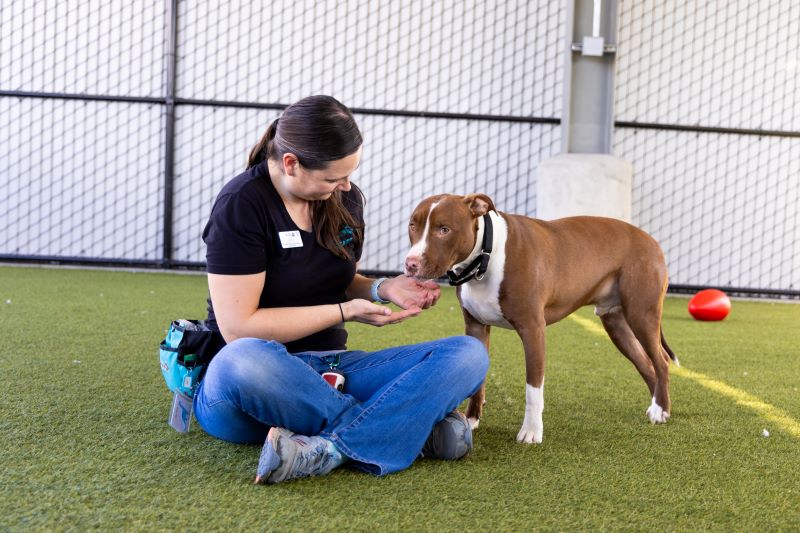Staying at Zero
Getting to Zero was a historic milestone for San Diego County. Achieved in 2015, this campaign changed animal welfare in our region.
For more than a decade, zero is the number of healthy or treatable shelter animals who are in danger of being euthanized in San Diego County. In 2015, we partnered with seven other shelters and rescues in the San Diego Animal Welfare Coalition to achieve this goal, making San Diego the largest city in the country to reach this milestone. We got to zero— and now, we’re committed to Staying at Zero year after year.

What is Getting to Zero?
“Getting to Zero” was the San Diego Animal Welfare Coalition’s commitment to reach zero euthanasia of healthy or treatable* shelter animals in our community. Previously, treatable shelter animals were at risk of euthanasia in shelters due to sheer numbers and limited resources.
With more than 45,000 homeless animals flooding San Diego shelters each year, shelter facilities are constantly full to capacity and their resources are stretched incredibly thin. We recognized that it would take collaboration in its strongest form to create the safety net needed to care for so many sick and injured animals.
“Getting to Zero” became a partnership between eight local animal shelters and rescue groups** committed to preventing healthy or treatable animals from being euthanized in San Diego County. Achieving this historic milestone took three years: In 2012, 3,500 treatable animals were euthanized in shelters county-wide. In 2013, the number was reduced to 2,910 by transferring animals with treatable conditions to other Coalition shelters that had the capacity to help. In 2014, that number was reduced to roughly 1,500. As of July 1, 2015, that number was zero — and it has Stayed at Zero ever since.
Together, we’ve made San Diego one of the pet-safest communities in the nation. And that’s something we should all be proud of.
How It Works
Through the “Getting to Zero” partnership, treatable animals are transferred from full Coalition shelters to other Coalition shelters that may have available space or specific resources to provide the medical or behavioral care the animals need to become ready for adoption. By moving animals through our shelter system in this strategic way, the risk of unnecessary euthanasia is eliminated and we provide relief to stressed shelters in our system so they can continue providing excellent care to the high volume of animals they’re already helping.
As an open-admission shelter and one of the largest animal welfare organizations in the country, San Diego Humane Society takes in more than 40,000 animals each year. We won’t turn away any animal in need — including those with serious medical and behavioral challenges who have nowhere else to turn. Saving their lives requires innovative solutions to the obstacles these animals face, which is why we’ve developed our signature programs, including:
Veterinary Medicine: Teams at each of our campuses provide lifesaving medical care rarely performed in traditional shelters — including trauma medicine, orthopedic surgeries, advanced dental care, and innovative treatments for deadly disease like parvo and distemper. The Pilar & Chuck Bahde Center for Shelter Medicine — the first hospital of its kind in California — not only saves lives, but serves as a teaching center for the shelter veterinarians of tomorrow.
Behavior and Training: Through individualized training plans, we offer hope to shelter dogs and cats with the most challenging behavior concerns. The Behavior Center at our San Diego Campus is one of just a few centers of its kind in the country, and this specialized facility enables us to save hundreds of animals each year who might otherwise be out of options.
Kitten Program: Our Kitten Program cares for thousands of orphaned kittens every year. Neonatal kittens require specialized, resource-intensive care — which is why they often face high rates of euthanasia in other communities. The Jim Lester Kitten Nursery & Foster Center was the first facility of its kind in the US and has expanded to include nurseries at our Escondido and Oceanside campuses. To date, we have cared for more than 30,000 vulnerable kittens.
Community Support Services: One of the ways we Stay at Zero is by keeping pets with the people who love them. We distribute free pet meals and supplies, offer low-cost veterinary services, provide behavior and training support, and more. These resources ensure that fewer people have to face the heartbreaking decision to relinquish their animals.

Why It Matters
Since 2015, every healthy or treatable shelter animal in San Diego County has been safe.
In our region, an animal’s fate is not determined by shelter overcrowding or resource availability. Now, every healthy or treatable shelter animal in San Diego County receives the second chance they deserve — regardless of how complex their needs are or how long their rehabilitation takes.
As a pet-friendly community, Getting to Zero was a tremendous accomplishment—and together, we’ll Stay at Zero year after year.
How To Help
Staying at Zero takes a community. It is only possible with support from local rescues, volunteers who help us care for animals, adopters who welcome animals into their homes and generous donors who fund these programs. To join our lifesaving community and stay informed about our work, please sign up to receive news from San Diego Humane Society.



